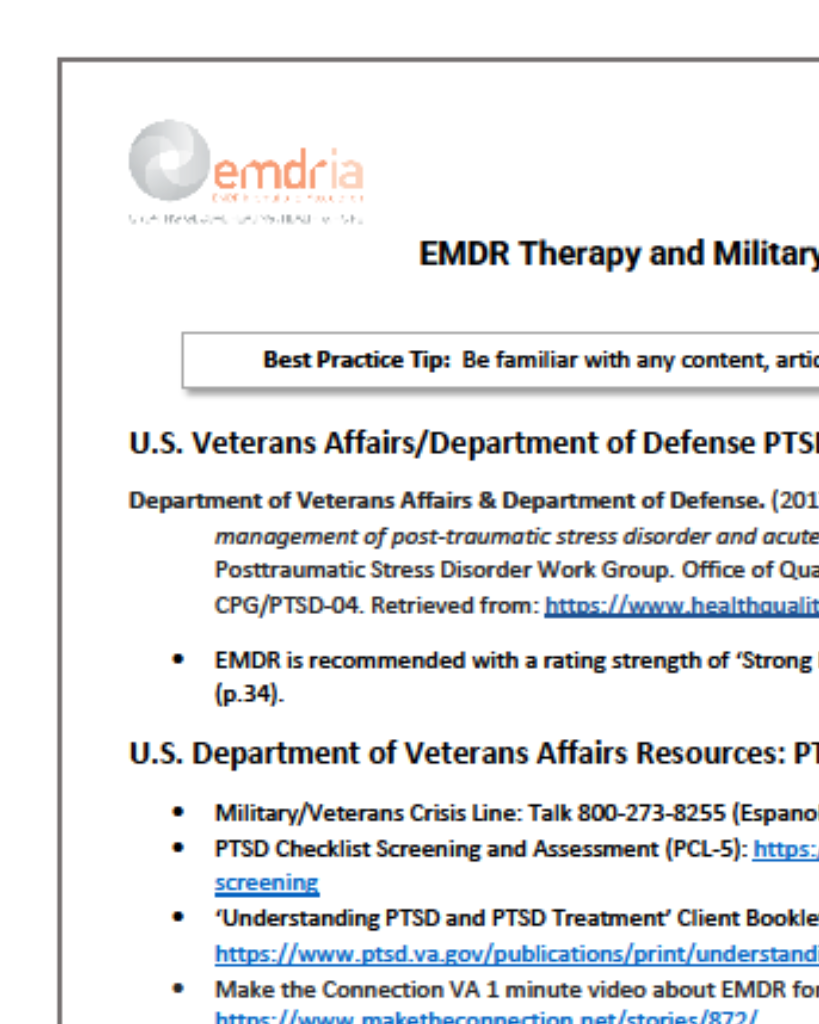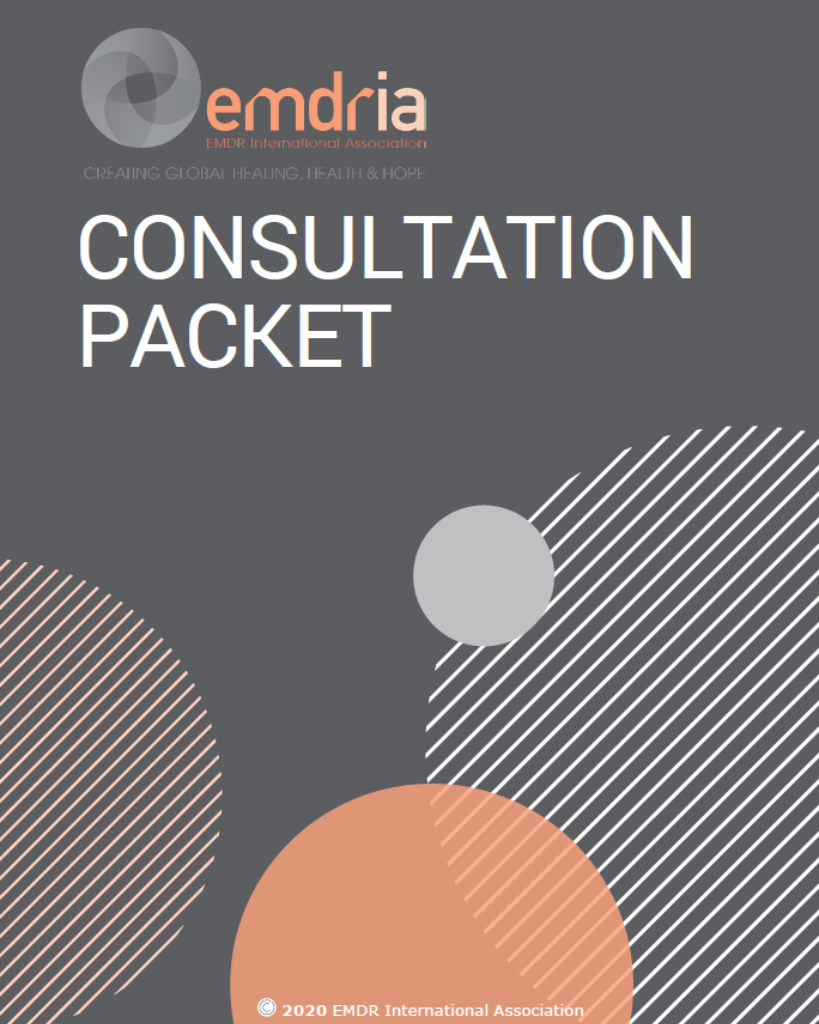The active ingredient in EMDR: Is it traditional exposure or dual focus of attention?
Is EMDR similar to traditional exposure treatments (reliving), or more consistent with distancing (dual process of attention)?
Article Abstract
“Very little is known about the mechanisms that underlie the therapeutic effectiveness of eye movement desensitization and reprocessing (EMDR). This study tested whether the content of participants’ responses during EMDR is similar to that thought to be effective for traditional exposure treatments (reliving), or is more consistent with distancing, which would be expected given Shapiro’s proposal of dual process of attention. The responses made by 44 participants with post-traumatic stress disorder (PTSD) were examined during their first EMDR treatment session. An independent rater coded these responses according to whether they were consistent with reliving, distancing or focusing on material other than the primary trauma. The coding system was found to have satisfactory inter-rater reliability. Greatest improvement on a measure of PTSD symptoms occurred when the participant processed the trauma in a more detached manner. Cross-lagged panel correlations suggest that processing in a more detached manner was a consequence of the EMDR procedure rather than a measure that covaried with improvement.”
—Description from publisher
Article Access
Purchase/Subscription Required
Lee, C.W., Taylor, G., & Drummond, P.D. (2006) The active ingredient in EMDR: Is it traditional exposure or dual focus of attention? Clinical Psychology and Psychotherapy, 13, 97-107. https://doi.org/10.1002/cpp.479
Date
February 21, 2006
Creator(s)
Christopher W. Lee, Graham Taylor, Peter D. Drummond
Practice & Methods
BLS, Mechanisms of Action
Extent
11 pages
Publisher
Wiley
Rights
Copyright © 2005 John Wiley & Sons, Ltd.
APA Citation
Lee, C.W., Taylor, G., & Drummond, P.D. (2006) The active ingredient in EMDR: Is it traditional exposure or dual focus of attention? Clinical Psychology and Psychotherapy, 13, 97-107. https://doi.org/10.1002/cpp.479
Audience
EMDR Therapists, Other Mental Health Professionals
Language
English
Content Type
Article, Peer-Reviewed
Access Type
External Resource





